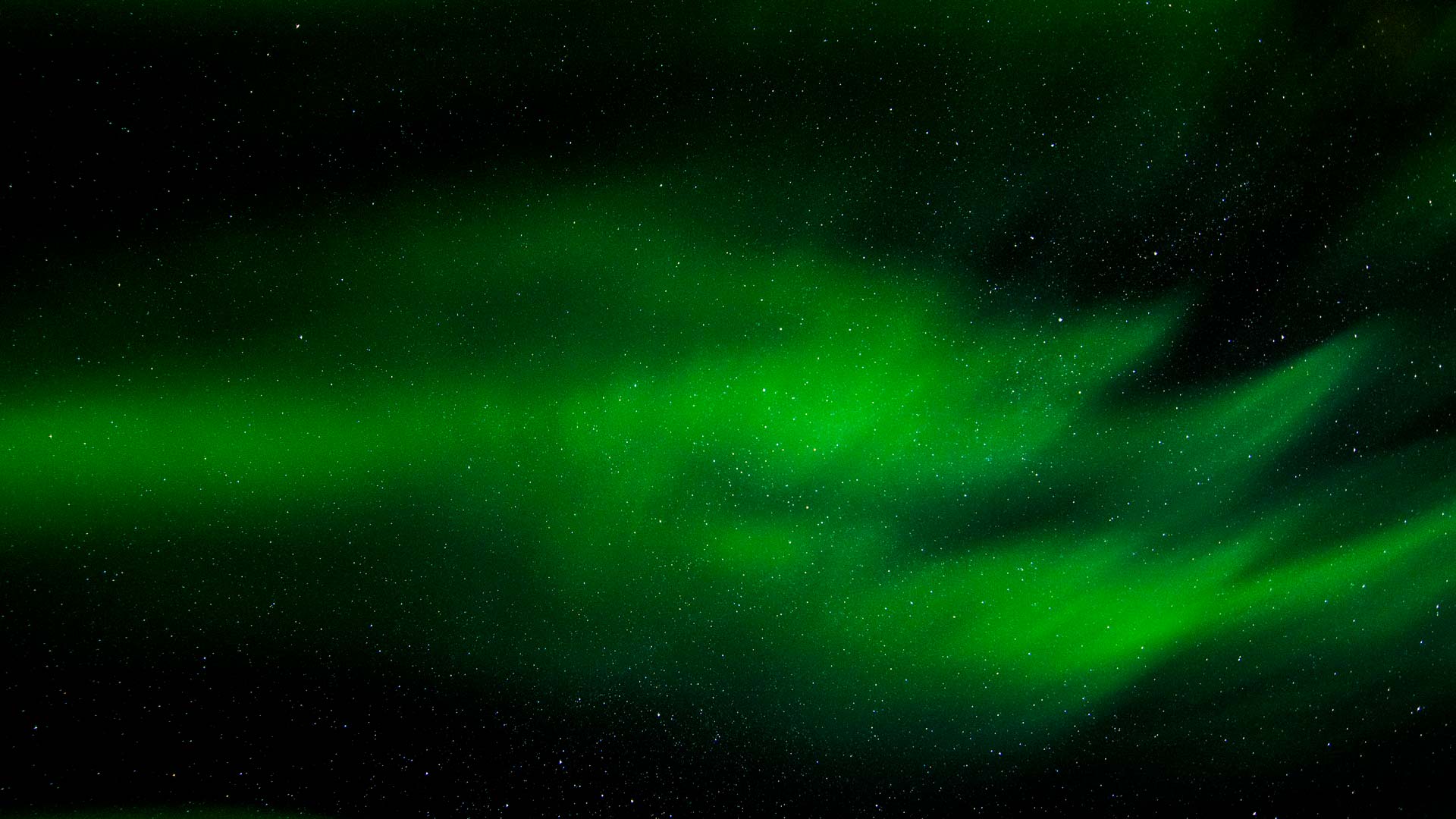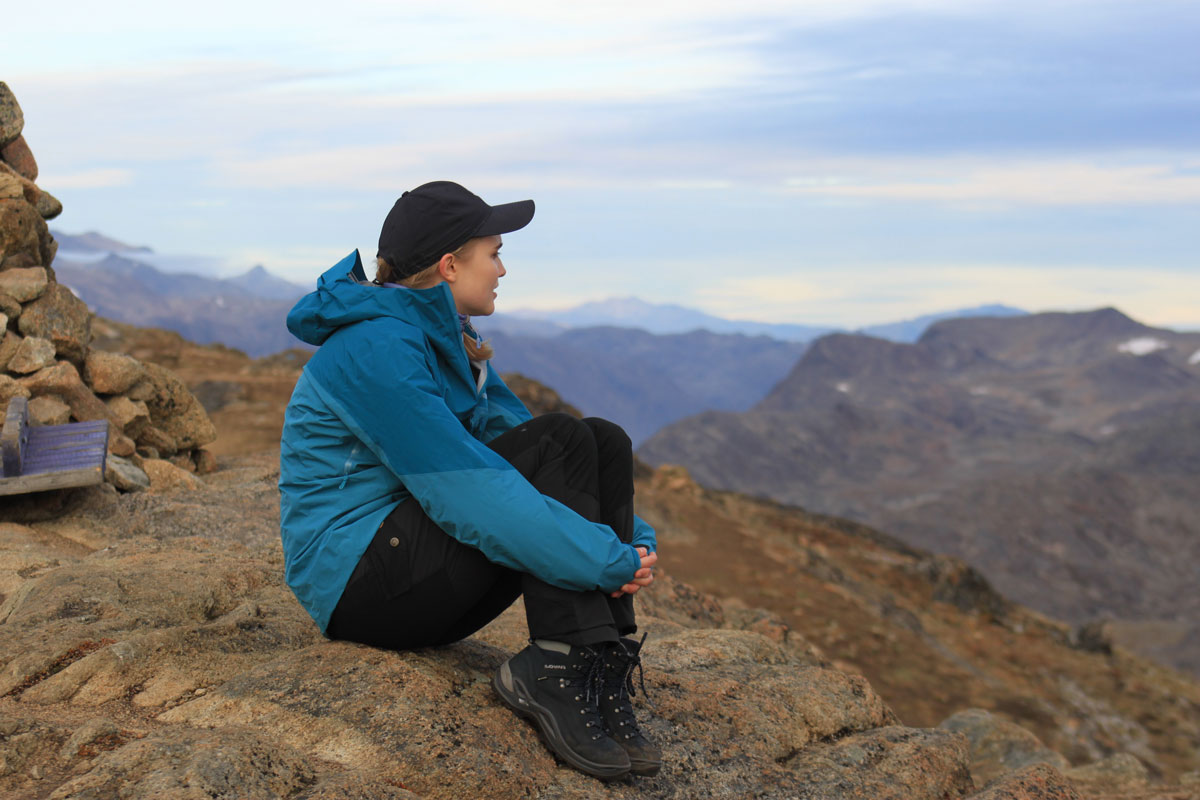Sometimes bad space weather causes our communication systems to break down – particularly in the Arctic. For this reason Ph.D. fellow Sarah Schultz Beeck is developing maps, showing where in Greenland the space weather causes bad or no connection.
By Signe Ravn-Højgaard
In an emergency situation out at sea or in the mountains, it can be very critical if neither the satellite telephone or the VHF radio work, while the GPS cannot determine where you are. Such situations can arise due to fallout in our communication systems caused by bad space weather. And in fact, this happens many times a year.
“Space weather is activity from the sun that affects people and technology. It can for example consist of solar winds and solar bursts, where charged particles hit the outer layer of the Earth’s atmosphere, called the ionosphere. This creates disturbances in the Earth’s magnetic field and in those of our communication systems that rely on radio frequencies, such as GPS receivers, satellite phones and VHF radios,” explains Sarah Schultz Beeck, Ph.D. fellow at Technical University of Denmark.



